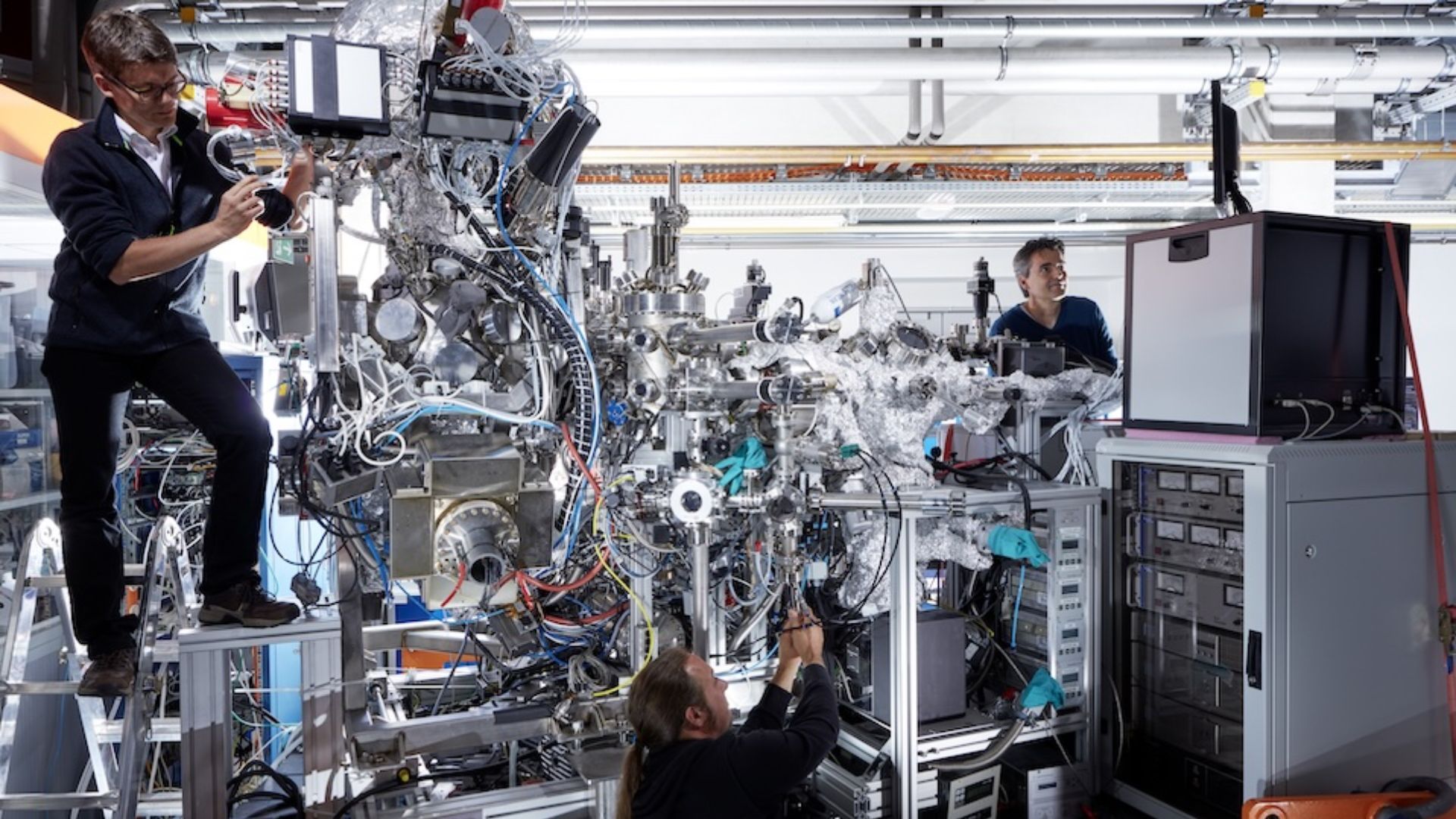A breakthrough method known as the microcompartment approach is transforming the field of environmental virus research. This innovative technique enhances the existing methods for single-cell genetic sequencing, allowing scientists to analyze the genomes of individual cells and viral particles with unprecedented speed and efficiency.
This advancement is particularly significant in the context of environmental studies, where understanding the genetic makeup of viruses is crucial for assessing their impact on ecosystems and public health. By improving the accuracy and reducing the costs associated with genetic sequencing, this approach opens new avenues for researchers worldwide.
Enhancing Research Capabilities
The microcompartment approach utilizes advanced technologies that compartmentalize samples, enabling scientists to isolate and sequence genetic material from individual entities. This method dramatically increases the throughput of genetic data acquisition while simultaneously decreasing the time and resources required for analysis.
According to a study published in the journal Nature Biotechnology, the new technique can reduce sequencing costs by up to 30% compared to traditional methods. This cost-effectiveness has significant implications for research institutions, particularly those operating under constrained budgets.
Moreover, the ability to accurately sequence the genomes of viruses found in natural environments can lead to more informed public health strategies and ecological assessments. The implications for monitoring viral outbreaks and understanding viral diversity in various ecosystems cannot be overstated.
Impacts on Environmental and Public Health
The potential applications of this method extend far beyond academic research. With the ongoing global challenges posed by emerging viral threats, the capacity to quickly and effectively analyze viral genomes enhances preparedness for future outbreaks. By correlating viral genetic data with environmental factors, researchers can identify patterns that may inform disease prevention initiatives.
The research community’s response has been overwhelmingly positive. Dr. Emily Carter, a leading virologist at Stanford University, emphasized the importance of this innovation: “This method allows us to gain insights into viral behavior and evolution that were previously unattainable. We can now study viruses in their natural habitats and understand how they interact with their environments.”
This advancement also presents opportunities for collaboration across various disciplines, inviting experts in virology, environmental science, and public health to work together on pressing global issues. As researchers adopt the microcompartment approach, the potential for groundbreaking discoveries in the realm of environmental virology grows exponentially.
In summary, the introduction of the microcompartment approach marks a significant leap in the capacity to study viruses in the environment. By making genetic sequencing more efficient and cost-effective, this method not only enhances scientific research but also contributes to broader efforts in public health and ecological conservation. As the scientific community embraces this innovation, the future of environmental virus research looks promising.







